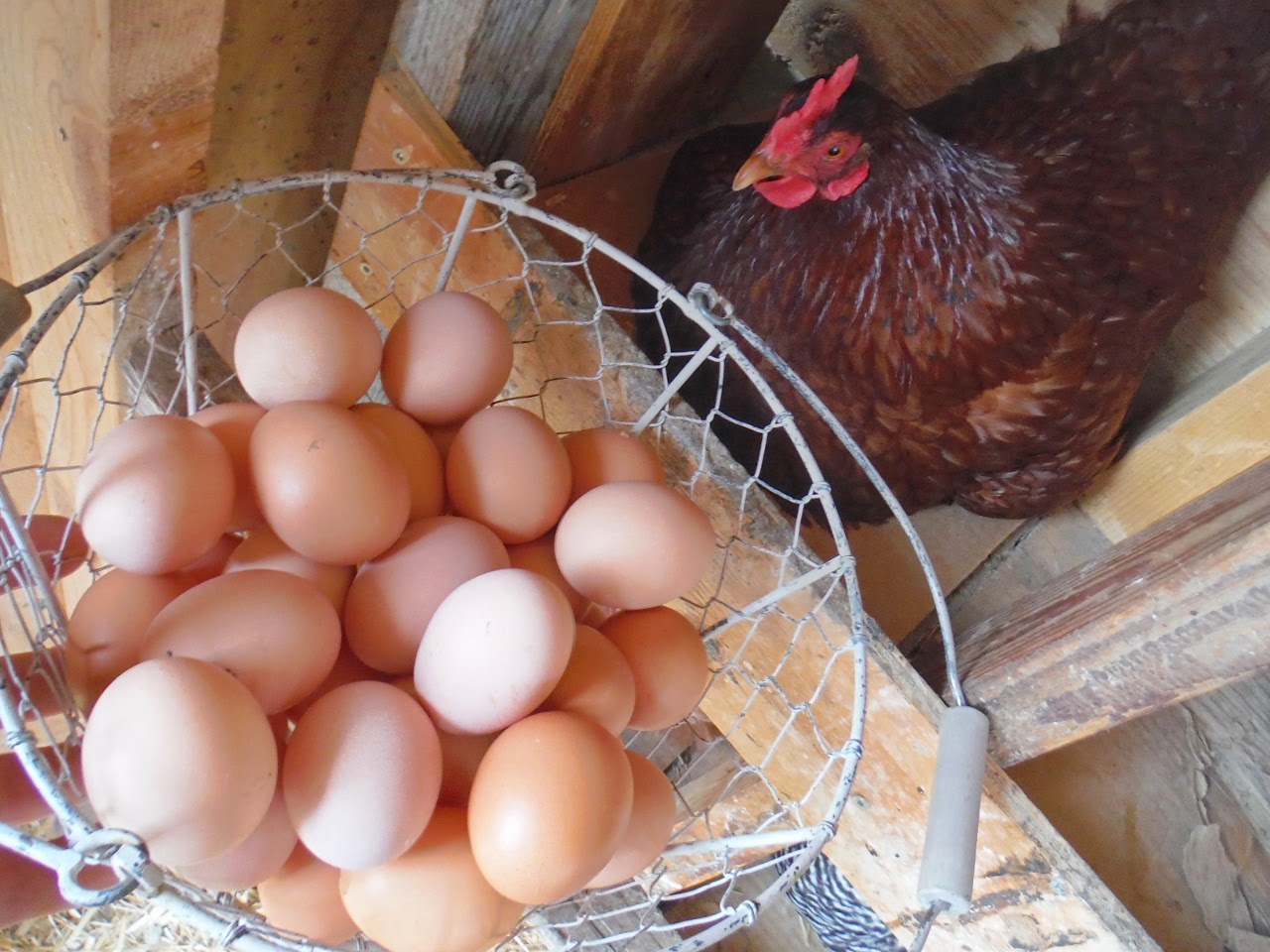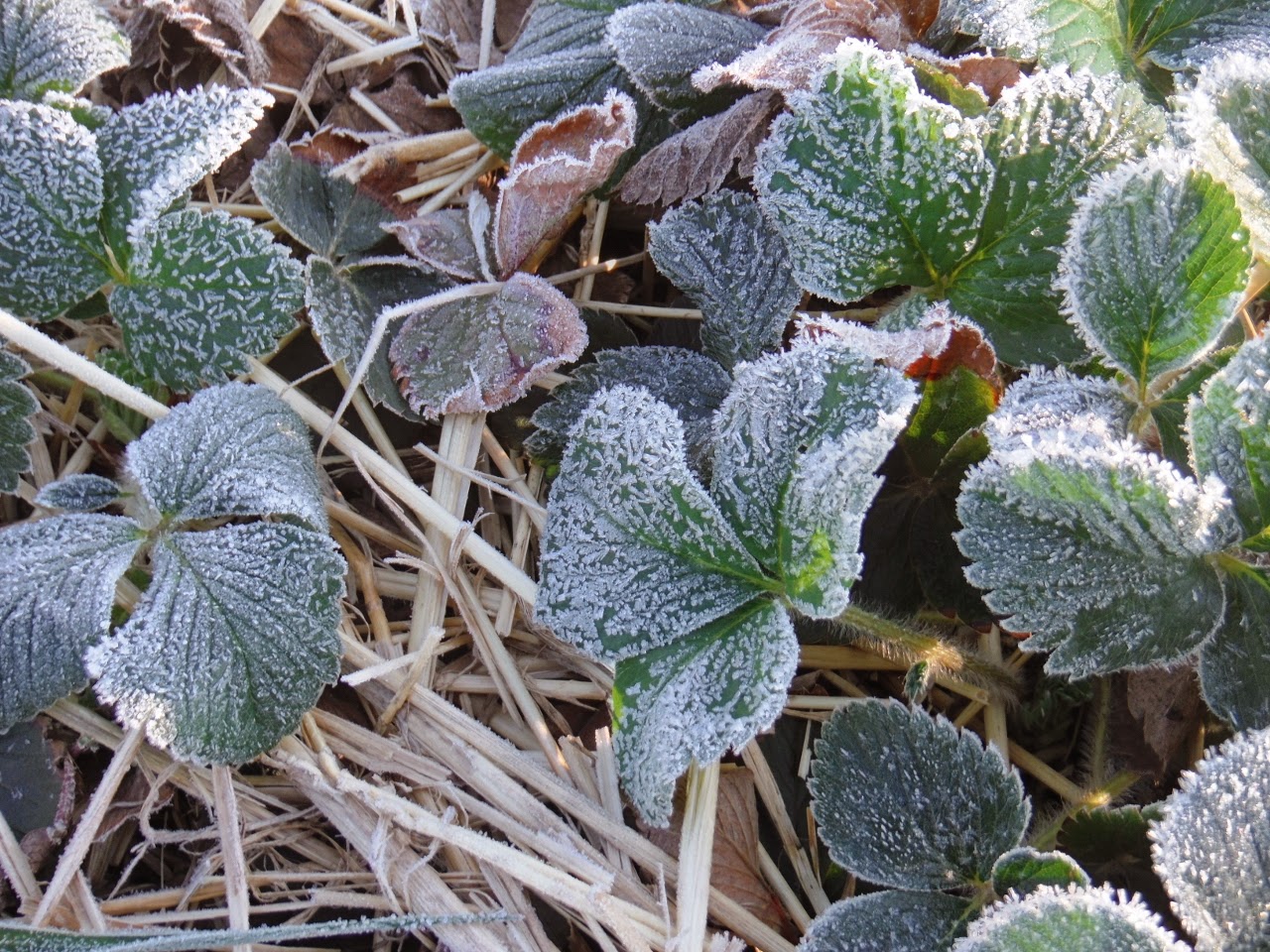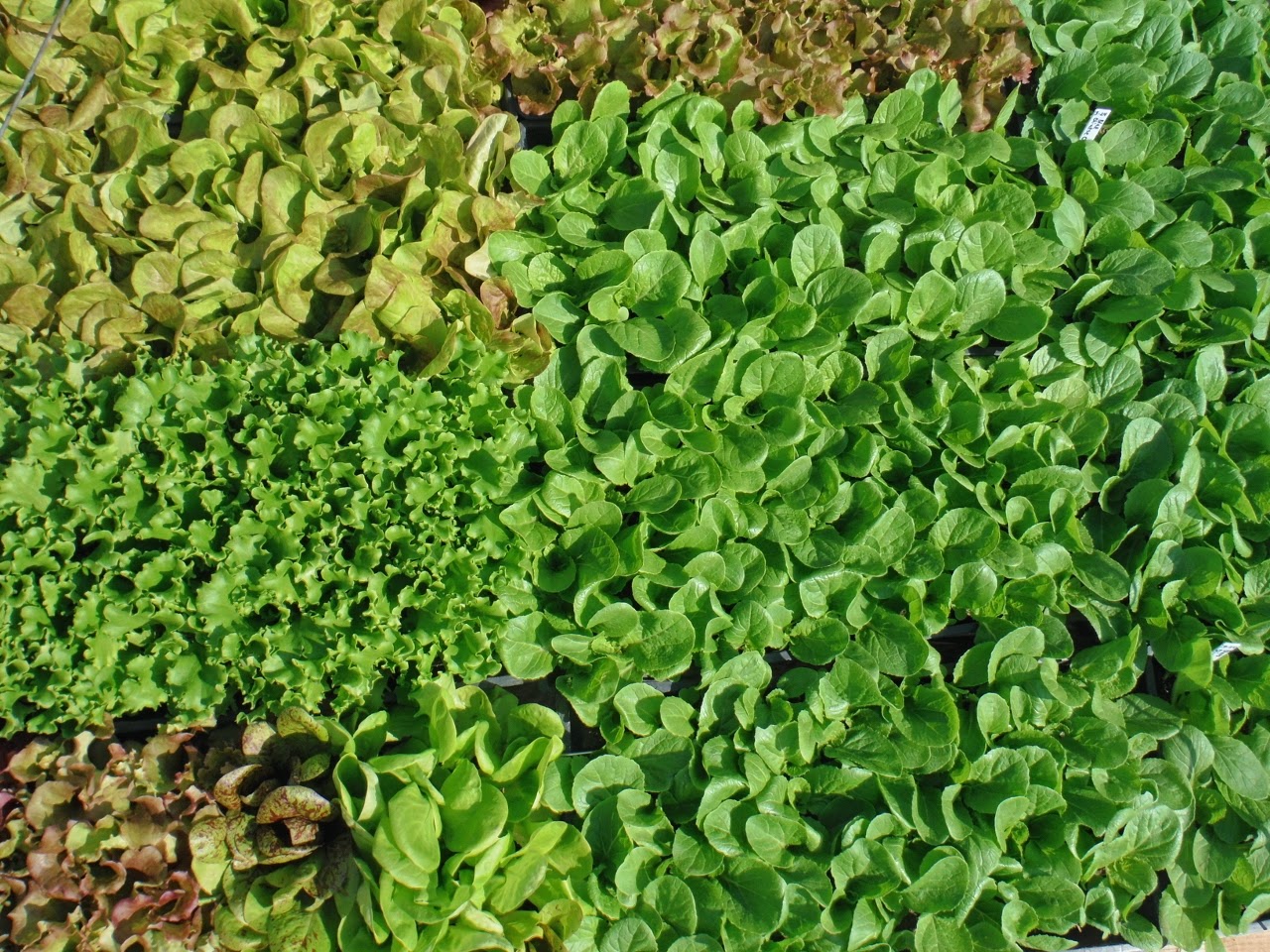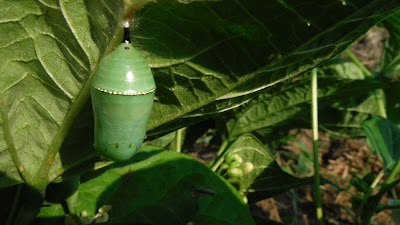By 2006 Fair Share Farm and its CSA were here to stay. We continued to work on making our farming operation viable well into the future. Certain things we could control, like how and what we fed our soil, what we planted and when, and how we integrated the farm into the lives and health of our membership.
 |
| The fields at rest |
What we can never seem to control is the weather. January 2006 was the warmest on record, February the driest, and April the third warmest. A good reminder that our job is to be ready for whatever weather comes our way. Wet, dry, hot, or cold, we cannot act like we are suprised by anything. The conditions in 2006 required us to start irrigating in April, something we had never had to do before. What ever happened to April showers bring May flowers?
By 2006 it was becoming clear that the climate was (and still is) changing. For me, 20 years of work in industry and environmental engineering, coupled with over 10 years as an farmer, and the on-line availability of raw data showing such things as higher than ever-recorded atmospheric CO2 levels and a polar ice cap that is losing both area and volume every year, is enough to cause concern.
 |
| From Fox 4 WDAF (click to enlarge) |
While these conditions caused some problems, they were also quite beneficial to certain crops. Warm, dry weather is what tomato, pepper and eggplant thrive in, as fungal diseases don’t get established. We also had one of our best harvests of winter squash.
 |
| Carnival winter squash |
In scrolling through these old photographs we are reminded of how far we had to come. The infrastructure still left much to be desired, especially when it came to good ergonomics in washing and packing. CSA members from this time period will remember squatting in the grass hosing off vegetables.
 |
| Cleaning beets on a CSA morning |
 |
| Rattlesnake beans |
 |
| Distribution at the new 39th Street Market |
2006 was also the year of the pond. In February, Graff Properties hired local expert Howerton Ditching to turn a gully into an irrigation pond. The pond drains a rather large area (10+ acres) and even with limited rainfall it filled up by April. We hope this tendency repeats itself this Spring, as the pond is down by about 50% right now.
 |
| Pond outlet structure |
 |
| Finished pond—February 27, 2006 |
 |
| Filling pond—April 30 |
Among the visitors to the farm that Spring were Mary Meyer and Richard Cartwright from Michaela Farm. We worked with the two of them when we apprenticed, and learned much about biodiversity and sustainability. I always remember Richard noting that everyday he touchs the earth with his bare feet. Even in shoes, it is a good habit to get into.
 |
| Rebecca, Mary and Richard |
Once again, we were fortunate to have lots of help through our full-time and volunteer apprentice program. The full-time apprentice position was split between Brenda Raygor and Lindsay Medoff (the latter of Fair Share Farm tote bag fame). 2007 apprentice Libby Negus, Peas on Earth farmer Julie Coon, neighbor Jen Basuel and farm-girl Kathy Plant filled out the crew. Bad Seed mistress Brooke Salvaggio also helped out on her way to loads of her own fun.
 |
| Brenda, Jen, Libby, Julie and Kathy, a great crew |
 |
| Planting garlic with Farmer Brooke, before Bad Seed, Dan, Percy or Urbavore |
 |
| Lindsay’s wonderful tote bags |
This was also to be the first year that we integrated animals into our farm operation. Previously unknown Liz Elmore moved back to KC from Pennsylvania and gave us a call inquiring about raising broiler chickens on our land. The plan was for it to be Liz’s business operation and we would provide the land and some labor. In return we got a few chickens, the fun of farm animals and lots of chicken poop.
 |
| Chicks in the brooder |
 |
| Chickens in their movable pen |
Long story short, the soil made out the best in this venture. As this was before Rocky, the racoons were a major problem, and the 95 to 100+ F degree summer was not conducive to fattening up chickens. The next animal operation at the farm would have to wait until 2009.
2006 was also the year of The 100-Mile Diet. A term you may be familiar with, it became especially popular in 2006 as people across the country began focusing on eating meals with ingredients grown and raise in their immediate locale. In KC we helped spearhead a group of 8 to 10 folks who wrote a series of article on the experience in Present Magazine. This on-line publication was the brainchild of friend Pete Dulin. His 2005 article on the farm is still our favorite look at what we do. Our fun culminated in a CD with copies of the articles, our favorite recipes, and resources for buying local.
The year ended with what has become our favorite mode of transportation—Amtrak. It had been 5 years since Rebecca and I met, and I left Rochester after 20 years of living there. It was nice to get caught up with friends and with the farmers at Peacework. We then hopped the train downstate to stay with my brother and his family in Brooklyn.
 |
| Rebecca NYC |
When we returned, we found our 1947 Allis Chalmers G tractor. While it looks like a feather-weight, it is best tractor on the planet for smaller, organic vegetable farms like ours.
 |
| Arrival of the G |
And next year…growing for 100, Easter freeze, starting the strawberry patch, and steady as she goes.
.jpg)
.jpg)
.jpg)
.jpg)






